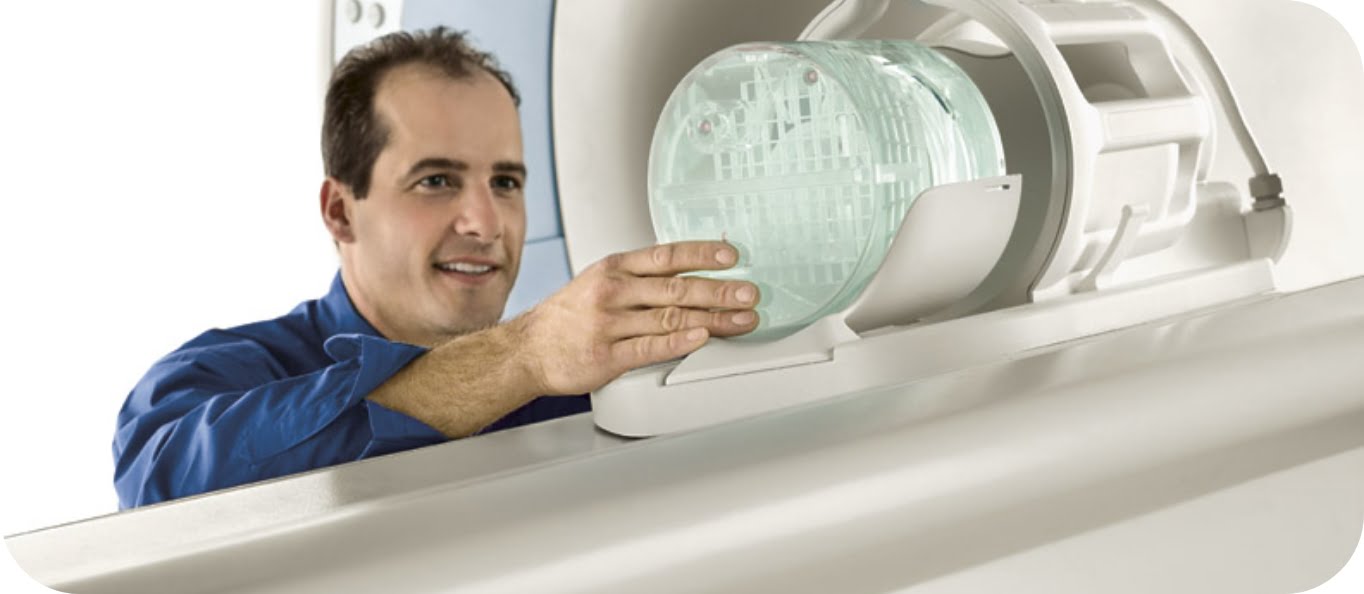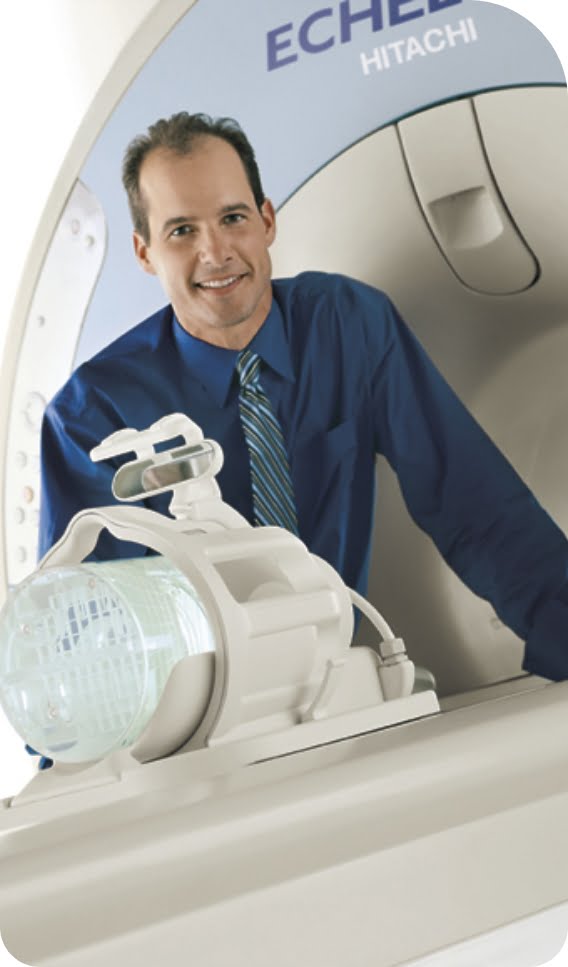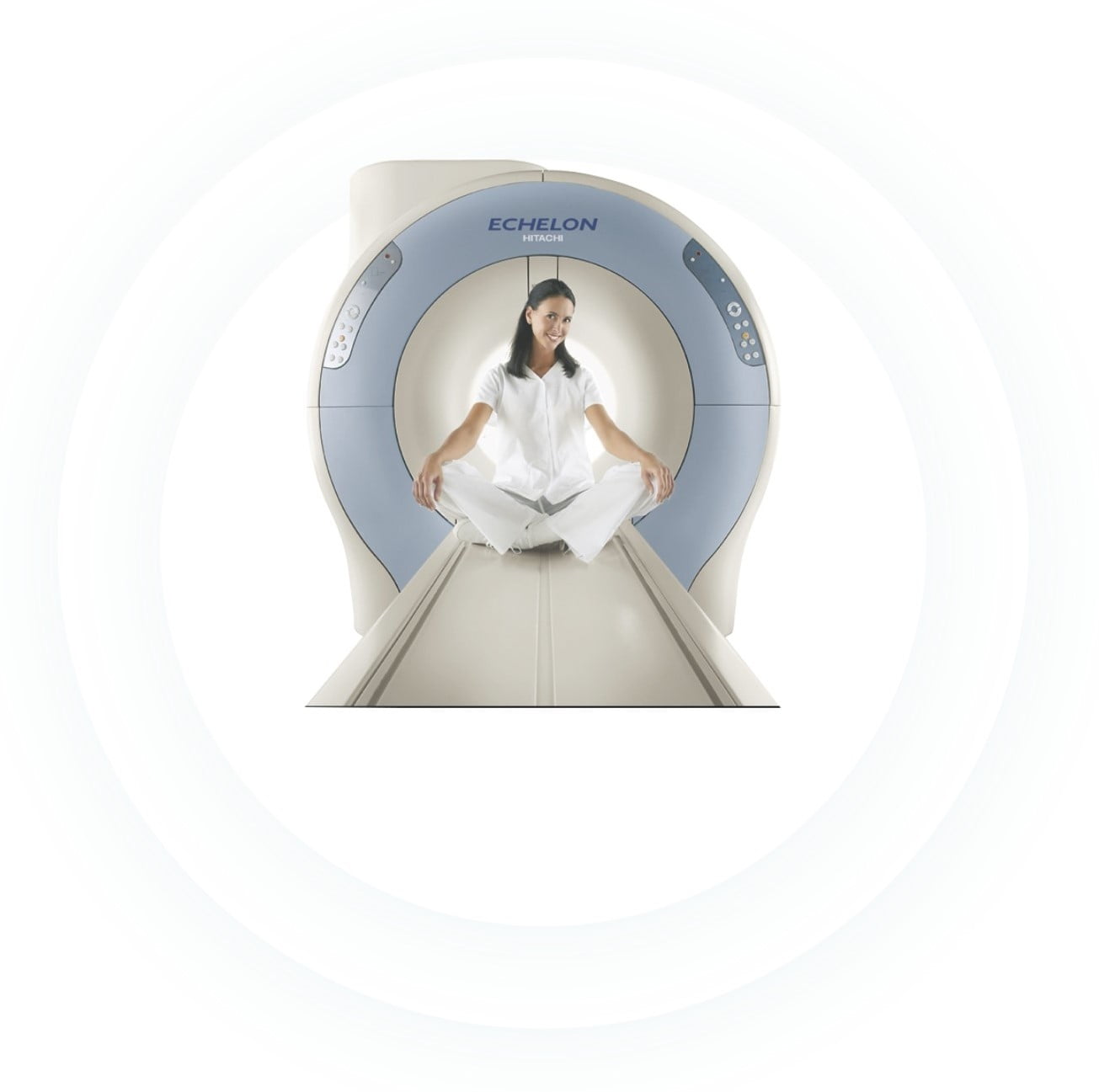Pain that is easily managed with heat, ice, or over-the-counter medication may not need to be examined by a doctor. However, you should consult a doctor if the discomfort persists for more than a week or is preventing you from sleeping at night. In most situations, surgery is necessary to treat a hip fracture. For the majority of patients, physical treatment is also necessary to heal from the surgery and fracture.


The various anatomical components in the pelvis and hip regions are vital to our everyday motion. The specialist Pelvic and Hip MRI services offered by Manhattan MRI are essential for the diagnosis and treatment of a wide range of disorders, including hip discomfort, suspected fractures, and soft tissue injuries. Patients with chronic pelvic pain experience a significant reduction in their quality of life, making it a debilitating illness that causes anguish (Yosef et al., 2016). Furthermore, pelvic pain is a burden on healthcare costs and a public health emergency. Patients with chronic pain syndrome are susceptible to psychological problems. To evaluate related psychological illnesses and incorporate them into a comprehensive treatment plan, psychological evaluations are essential.

Injuries to the hip and pelvis are relatively rare in young athletes. Hip and pelvic contusions and musculotendinous sprains are the most common injuries. The two most common skeletal injuries are stress fractures and apophyseal avulsion fractures (Bucholz, 1984). Severe injuries to the hips and pelvis frequently call for surgery. Complications from nonunion, malunion, and avascular necrosis are common in femoral neck fractures. Abdominal, musculoskeletal, neurologic, and genitourinary problems are frequently linked to pelvic fractures.
Pre-operative planning is critical for patients who need hip replacements. Manhattan MRI’s Pelvic and Hip MRI helps orthopedic surgeons by giving them precise anatomical information that facilitates strategic planning and improves surgical procedure accuracy. Your doctor can identify potential issues with other imaging tests, including X-rays, by using the results of an MRI scan. Additionally, doctors can identify inexplicable hip discomfort, look into the cause of the pain, or learn more about the disorders that are causing your symptoms by using pelvic MRI scans.
Overcoming pelvic pain and hip pain often involves a multi-faceted approach that may include medical intervention, physical therapy, and lifestyle adjustments. The first step in pain management is to the determine the underlying cause of pain. Accurate diagnosis through MRI utilizes the high-end technology to identify soft tissues and potential injuries in the scan. Injections for pain-relief, anti-inflammatory medications, and physical therapy are the most effective treatmen regimens in the current scenario. Lifestyle modifications that include adjusting daily activities and adopting ergonomic practices to reduce strain on the hips and pelvis is also an efficacious approach for pain-related conditions in the hips and pelvis.
Our high-field MRI machine’s resonance reflects Manhattan’s pulse, providing crisp, accurate images with each scan. Our dedication to cutting-edge technology combines well with New York’s vibrant energy to provide patients with the best possible care.
The cost of a pelvic MRI in Midtown Manhattan varies depending on factors such as contrast use and insurance coverage. Typically, the price ranges from $500 to $1500, with our cost being $450. Manhattan MRI accepts most insurance plans, which can significantly reduce or fully cover the cost of your pelvic MRI.
In our final section, we honor the function of Pelvic and Hip MRI at Manhattan MRI—a fusion of state-of-the-art technology and humane care set against the dynamic background of Manhattan, New York. Our dedication to precision imaging guarantees that, in a metropolis that expects nothing less than the best, your path to musculoskeletal health will be steered by precision, knowledge, and the dynamic vitality of a never-stopping metropolis.